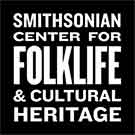SMITHSONIAN CENTER FOR FOLKLIFE & CULTURAL HERITAGE
Adventuring the Armenian Way
Armenia is a museum under an open sky with hundreds of opportunities to actively explore outside.
/https://tf-cmsv2-smithsonianmag-media.s3.amazonaws.com/blogging/featured/Stunning-views-inside-the-Arpa-Web.jpg)
In the summer of 2020, the Center for Folklife and Cultural Heritage’s My Armenia Program partnered with Armenian publication Yerevan Magazine to publish a special issue highlighting community-based cultural heritage tourism in the country. Over the next few months, the Center will publish English translations of the articles to Smithsonian Voices.
During this difficult time in the region, we hope these stories shine a light on the resilience of the Armenian people by showcasing their vibrant, diverse cultural heritage.
Want to explore cultural heritage but don’t want to spend your holidays in museums only? No need! Armenia is a museum under an open sky and there are hundreds of opportunities to actively explore. In collaboration with Yerevan Magazine we have prepared a collection of outdoor activities and adventures that you can partake to explore Armenia’s cultural heritage sites high up in the mountains and in deep green forests.
Biking with Mamikon in Shirak
It is one thing to be in the region of Shirak, and another thing to tour it with a bicycle. The means of transportation changes the understanding of things. Mamikon Varderesyan from Gyumri offers two bicycle routes during which tourists may familiarize themselves with some of the famous people and places of interest of Shirak.
The first route covers the historical part—the archaeological locality of Tirashen, Marmashen Monastery, and more. The second one encompasses the abandoned Soviet bunkers, the historical railway station, and a couple of settlements, including the village of Hatsik, where visitors may participate in a painting workshop in the studio of emerging artist Gohar Petrosyan.
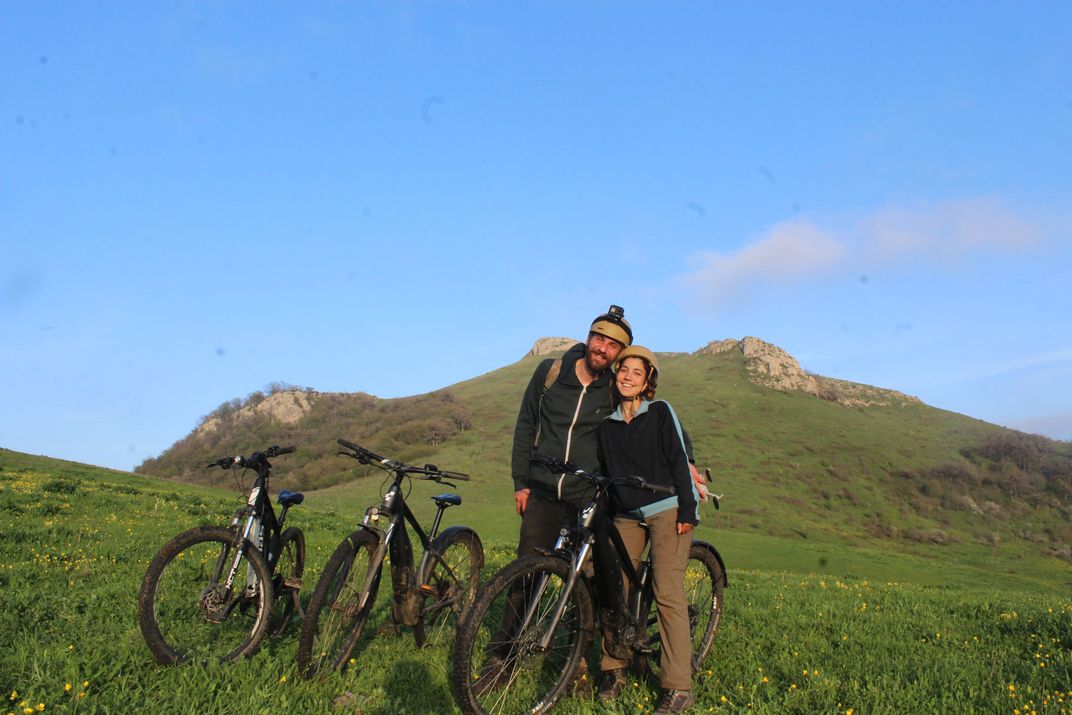
Bicycling and Ziling in the Birthplace of Toumanian
Hovhannes Toumanian’s birthplace, the village of Dsegh, is a magnificent place. Located here is the Tourism Unique Center (TUC) campsite, created by the NGO Center of Vanadzor. It offers two options of exploring Lori—a bicycle tour and “ziling.”
The term “ziling,” which was invented by members of the TUC, means heading to Tsover, the famous lake of Dsegh, in a Zil. One of the most common vehicles in rural areas, a Zil is a Soviet truck that has no roof and is often used to transport the harvest. The experience may be very amusing—reminiscent of an excursion in double-decker roofless buses. However, this is not simply a ride, but an excursion that gives you a taste of the village. At the end of the tour, visitors will have time to enjoy the local nature, picnic, and play local traditional games, as well as paddle on the lake.
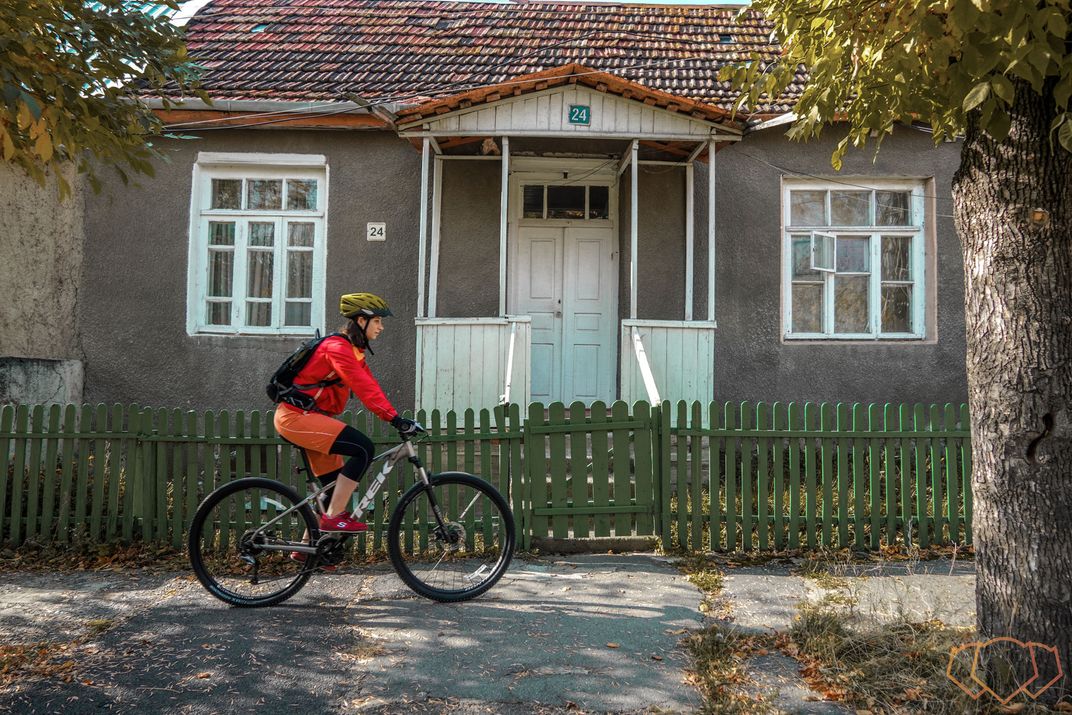
Discover Vanadzor on Two Wheels
Vanadzor is heaven for lovers of abandoned buildings. There are many half-ruined factories and buildings that still clearly preserve the spirit of the Soviet period. Emma and Vaghinak, authors of the initiative “Vanadzor on Two Wheels,” are bicycle enthusiasts. They moved from Yerevan to Vanadzor, and founded the mountain biking park Boo, where they familiarize visitors with the rich Soviet heritage of Vanadzor. The route kicks off from the territory of the former Chemical Plant of Vanadzor and continues to the currently destroyed pioneer camp Artek—a legend of the Soviet era. Here, young people will present narratives about the Soviet past of the city, the history of the buildings, and the everyday life of Vanadzor during both its Soviet past and its present.
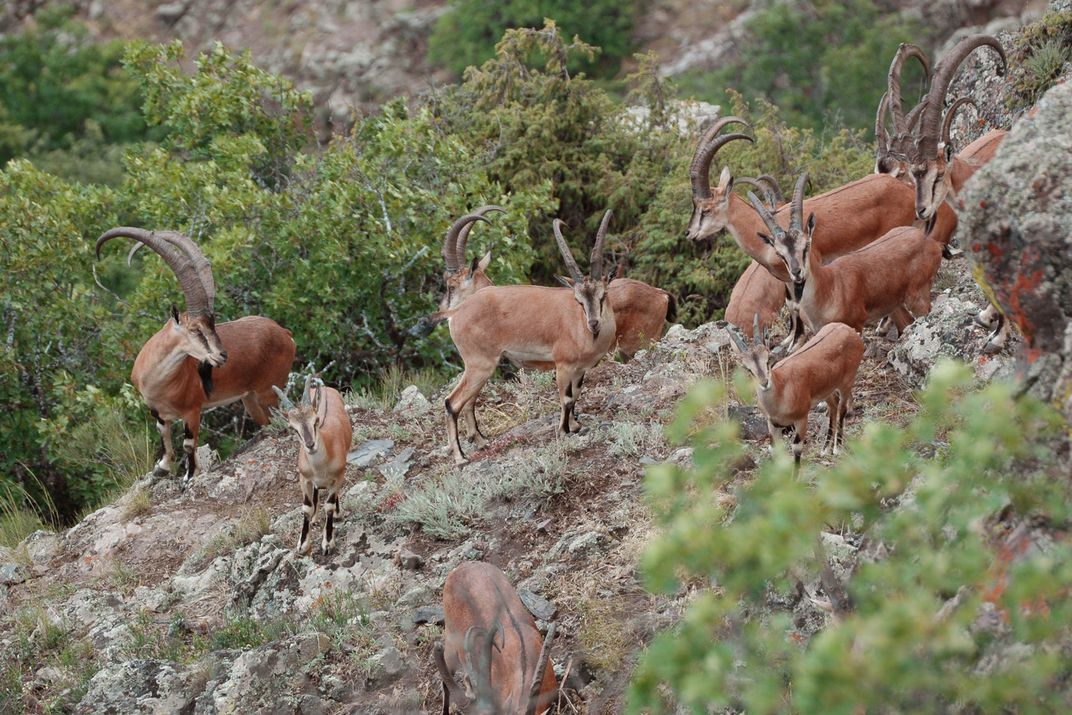
A Hike to Noravank together with the Arpa Environmental Foundation
You may have been in Noravank, but this is not the same as a usual tourist visit by bus. The Arpa Environmental Foundation offers a tour in modern UAZ jeeps during which you may enjoy the wild nature of the Vayots Dzor region. On the way to the destination, professional tour guides will tell everything you need to know about the rich local flora and fauna (885 plant species, 39 mammals, 190 bird species; there is a lot to see). The historical and cultural part of the tour includes a visit to the fortress of Smbataberd, Noravank, and Spitakavor church.
There is another option: a hike along the gorge of Noravank, which cannot be reached by car. You may choose one of three routes, one of which offers close looks at the mountainous bezoar goats.
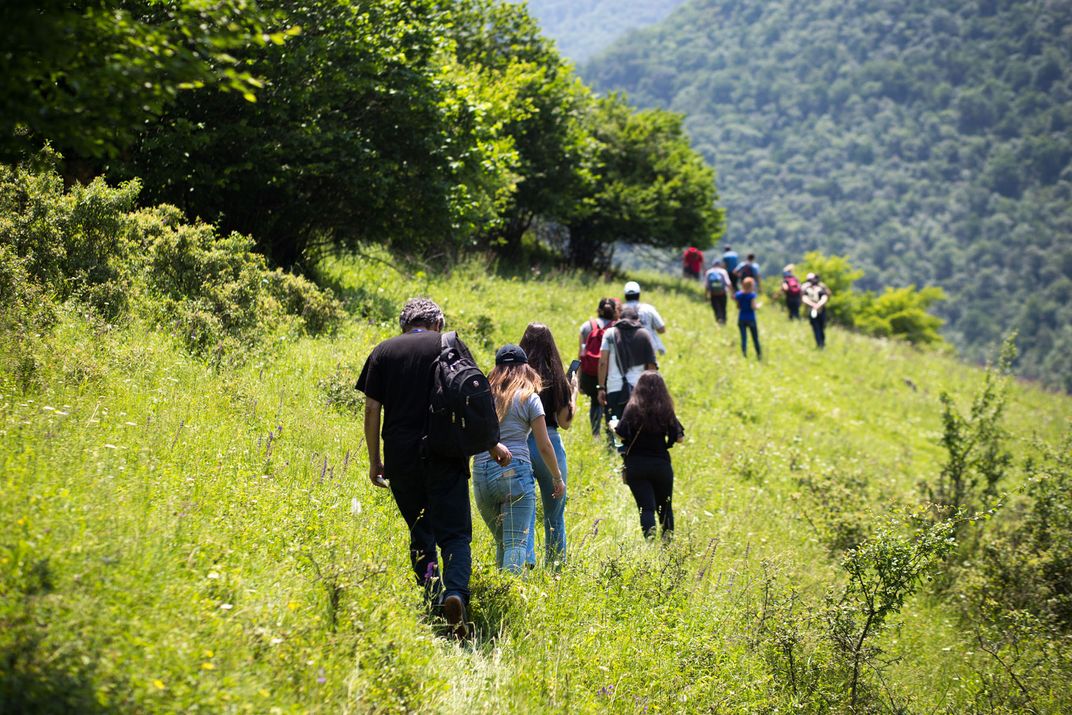
Walking along the Caves of Old Khndzoresk
The Khndzoresk Revival Foundation offers hiking tours with the main goal to explore the historic cave settlement. People lived here until the 1960s, when Soviet authorities forced them to leave the settlement and to move to the village, which was still under construction. The population living in the caves reached 8,000 to 10,000 at its peak. Today, this is an exceptional historical place of interest, near which a suspension bridge, a museum, and a café located in cave houses were built a few years ago.
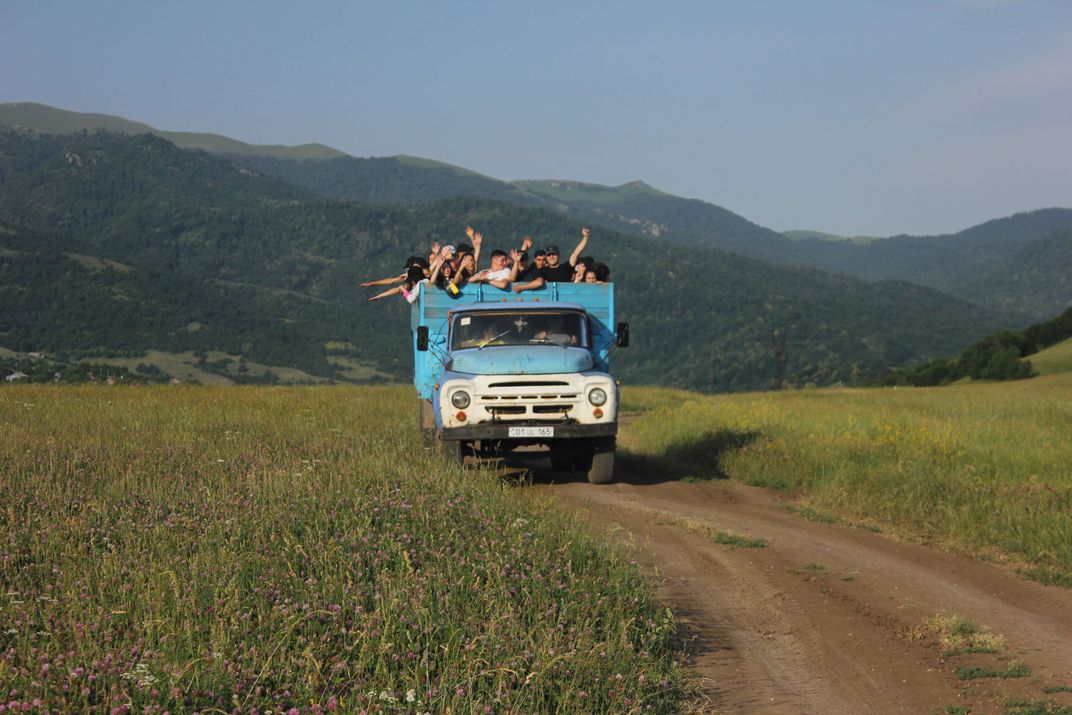
Hiking from Sisian to Tatev
The two-day Sisian-Ltsen-Tatev hike, offered by young and enthusiastic guide Katya Babayan, is a good opportunity to become acquainted with cultural assets and to admire the wonders of nature. During the tour, visitors will discover the amazing landscapes of Vorotnavank, relax in Vorotan Gorge (which is rich in mineral springs), explore the lifestyle and customs of the locals, and taste dishes typical of the region. The next day, before visiting the Tatev Monastery, the group will spend the night in tents in the village of Ltsen. Along the route, Katya teaches the group about the local herbs and how to gather them for making tea.
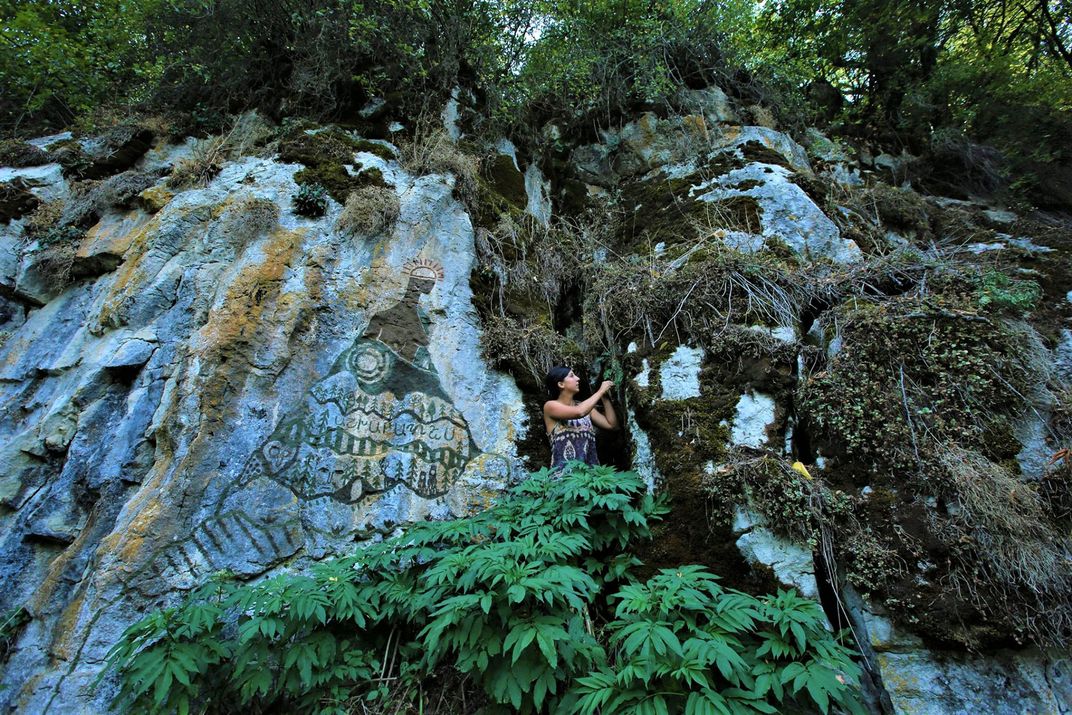
Hiking Tour in the Magic Forest, Tandzaver, Syunik
Sometimes people emigrate from Armenia, sometimes they move to Armenia. Thus, Mikael and Paloma, who moved to Armenia from Spain, are involved in tourism development in the village of Tandzaver with the support of the community leader. Syunik is blessed with many hiking and cycling tours. One such experiences is a 5.5-km hike along the Magic Forest Trail, which is still the only open-air land art museum in Armenia where visitors may create their own land art. Other trails lead to Vanandaberd Fortress and the Davit Bek Reservoir or Lake Chaizam. Along the way, bird-watching is recommended, due to the area’s rich avifauna. The trail is also suitable for bicycle tours, so those who wish may traverse it by bicycle.
